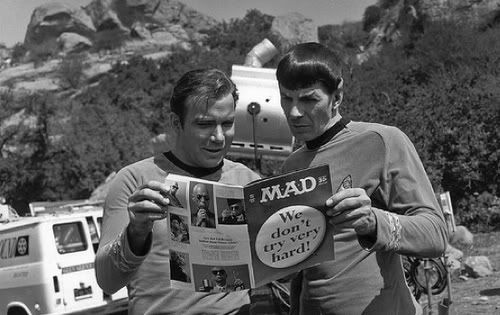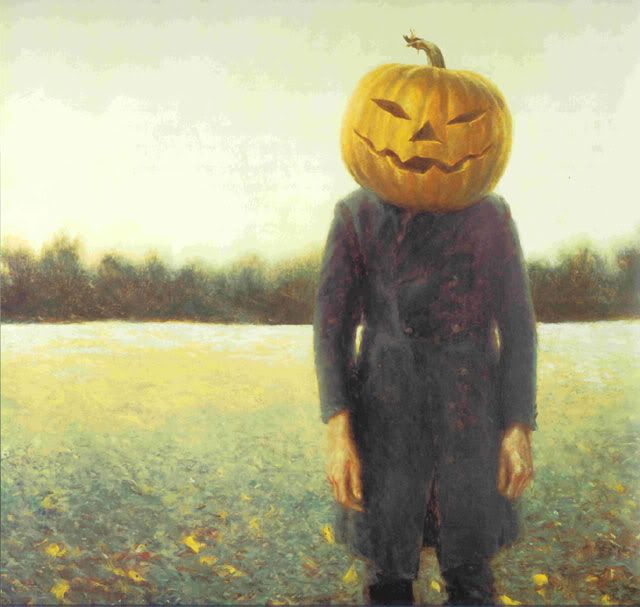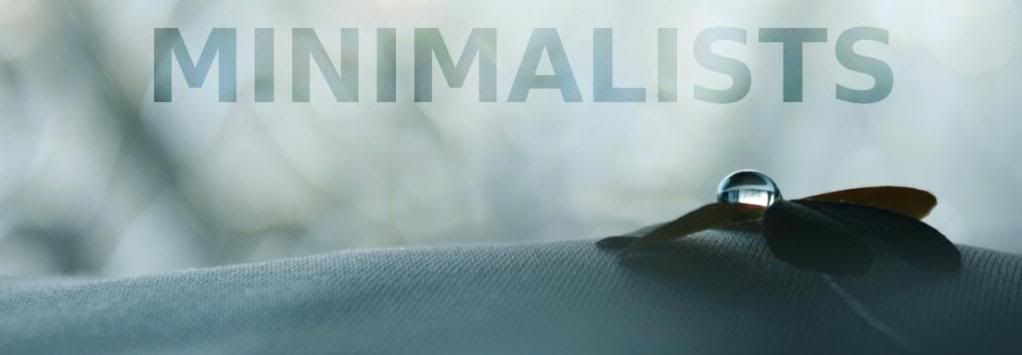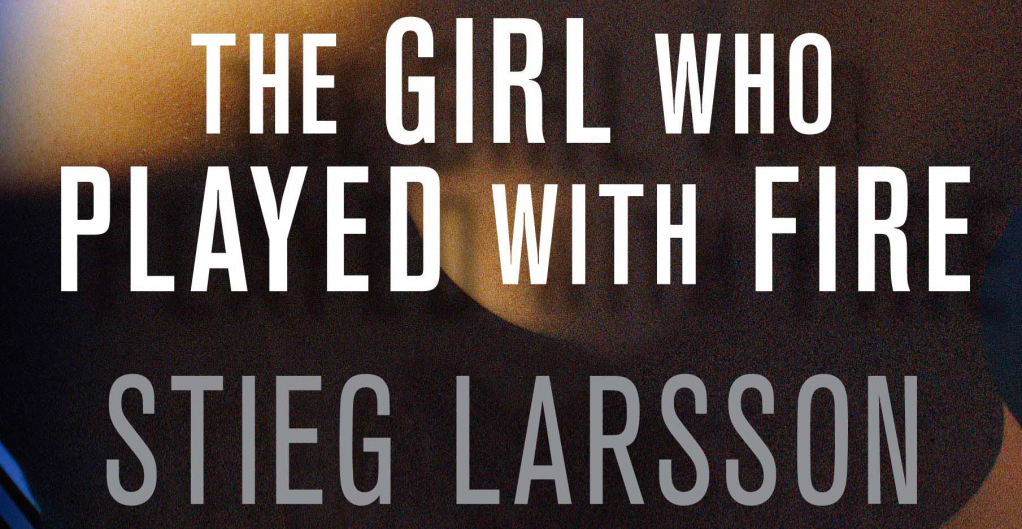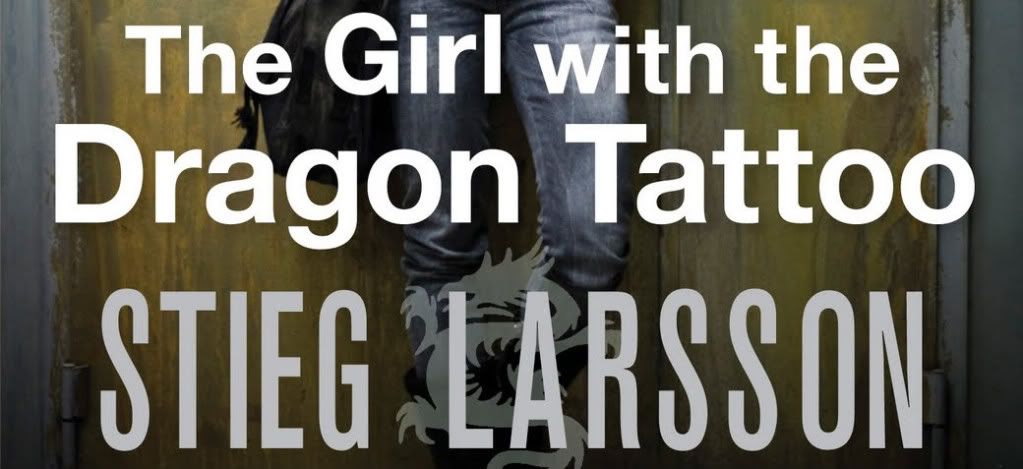When there's a chill in the air and a pumpkin on every doorstep and Halloween is just around the corner. And what better way to celebrate that last fact than by reading something . . . spirited? Spooky? Spine-tingling?
Scary?
But if you're like me, you're probably sick and tired of reading the same ol' same ol' each and every/.,km year. "If I have to re-read Dracula one more time," you say. Or, "What? Another Edgar Allen Poe story? Again?!"
And that's where I come in, dear reader. Because I am here to help you find something new and sufficiently spook--or, at the very least, help you avoid anything outright lame. What follows is my list of picks and pans for creative Halloween-themed reading. Enjoy them . . . if you dare! Buwahahahaha!
* * * * *
Grimm's Complete Fairy Tales by the Brothers Grimm.
I know, I know. "Fairy tales?" you say. "I'm asking for scary stories and you're recommending fairy tales?!" Well . . . yes. But not just any fairy tales! The Brothers Grimm's fairy tales. And that makes all the difference. Because these are not the sugary-sweet stories you knew and loved as a child.
Case-in-point:
My childhood Cinderella was a kind, sweet, forgiving girl, a girl who most definitely did not have her stepsisters' eyeballs plucked out by birds at her story's end.
"Soon, my pretties. Soon." |
And my childhood Snow White? Most definitely did not make her stepmother dance to death in red-hot iron shoes, not matter how wicked she may have been.
"Wait. What kind of shoes did you say are in here? And you want me to do what with them?" |
And that is just the tip of the iceberg, my friends. Because these 200-plus stories contain enough violence, death, and all-around depravity to make the witch from "Hansel and Gretel" look sweet by comparison--and she wanted to eat everybody!
You don't even want to know what is happening in this illustration. Seriously. |
All of which makes these tales of magic and mayhem, witches and wolves, ghosts and goblins, perfect for reading on Halloween. Just make sure to leave the lights on when you do!
My rating: pick!
* * * * *
The Call of Cthulhu and Other Weird Stories by H. P. Lovecraft:
A collection of short stories from one of the horror genre's most celebrated authors. And why is Lovecraft so celebrated? Because he was the first to discard gothic constructs--ghosts and witches and whatnot--and instead envision mankind as a tiny outpost of sanity in an otherwise chaotic and malevolent universe. More specifically, he envisioned his protagonists losing said sanity upon encountering a race of ancient and alien fish-people. That's right--fish-people. Dum dum dum!
"I will destroy everything you know and love!" |
Although, to be fair, they're more like octopus/dragon/human hybrids, as demonstrated by the oh-so-lovely Cthulhu below:
"You like?" |
Yes, it seems Cthulhu and the rest of his sexy brethren are lying in wait deep beneath the sea, dreaming of the day when they will once again rise to lay waste to the world above--and humanity with it.
Honestly? I know a lot of famous author--Stephen King, Joyce Carol Oates, and Neil Gaiman included--looooooove Lovecraft, but I just don’t get his stuff. It doesn’t seem scary to me. Just . . . weird. Really weird. Really he-obviously-should-have-sought-counseling-for-how-much-he-clearly-feared-seafood weird. But that's just me.
Honestly? I know a lot of famous author--Stephen King, Joyce Carol Oates, and Neil Gaiman included--looooooove Lovecraft, but I just don’t get his stuff. It doesn’t seem scary to me. Just . . . weird. Really weird. Really he-obviously-should-have-sought-counseling-for-how-much-he-clearly-feared-seafood weird. But that's just me.
My rating: pan!
* * * * *
Heart-Shaped Box by Joe Hill:
A horror novel written by Stephen King's son. I know, sounds like nepotism run amok, doesn't it? But Hill totally brings it in this page-turner of a ghost story centered on one Judas Coyne, former heavy metal rocker and current retiree/collection enthusiast.
So what's Coyne collecing? Some pretty icky stuff: a cookbook for cannibals; a used hangman's noose; a snuff film; and, most recently, a ghost he found for sale on the Internet, gift-wrapped and delivered to his door in a shiny heart-shaped box.
 |
| I don't have a picture for this entry. So look! A ghostie! |
Big mistake.
Because this ghost is real. Very real. And it's out for revenge . . .
Not the best description, but trust me, it's a great Halloween read. Fun, frightening--and addictive, too! Exactly the sort of thing you want to stay up late into the night reading.
But, again, be sure to leave those lights on when you do . . .
My rating: pick!
* * * * *
From the Dust Returned by Ray Bradbury:
Looking for something more chilling than thrilling? Then look no further than this creepy collection of short stories about "the Family," a close-knit clan of vampires, ghosts, ghouls, and other stranger things still: A Thousand Times Great Grandmere, a walking mummy who roamed the Nile's shores over 4,000 years ago; Uncle Einar, who flies through the night sky on giant bat wings; strange Cecy, whose mind can go anywhere and see anything without her body ever stirring; and young Timothy, a foundling child raised by the Family though he is not--and can never be--one of them. Because he and he alone among them is mortal, so he and he alone must age and wither and die . . .
Sound familiar? Sound like The Addams Family redux? Trust me, it's not. Because this Family is more dark and dangerous than the comedic Addams could ever be. They are the things that go bump in the night, and they do mean you harm.
 |
| Not the Family. |
Still, Bradbury manages to make them sympathetic--almost likable--without ever being too malicious. Their trials and tribulations are oddly affecting, and their place in the world, in Bradbury’s skilled hands, oddly thought-provoking. The result? A collection that’s at once eerie and understated--the perfect thing to curl up with on All Hallows’ Eve.
My rating: pick!
* * * * *
Button, Button: Uncanny Stories by Richard Matheson:
A collection of short stories from the author of I Am Legend. Not horrors stories, per se, so much as tales that examine the darker side of human nature. In the title story, for example, a couple is given a push-button unit and told that if they hit it they will receive 50,000 dollars. Also, someone, somewhere, will die. To hit the button or not? That is the question.
Most of the other stories pose similar ethical quandaries, almost always ending with an all-too-predictable "twist." My opinion of Matheson? Interesting, but overrated.
A collection of short stories from the author of I Am Legend. Not horrors stories, per se, so much as tales that examine the darker side of human nature. In the title story, for example, a couple is given a push-button unit and told that if they hit it they will receive 50,000 dollars. Also, someone, somewhere, will die. To hit the button or not? That is the question.
 |
| Ever see the movie version of "Button, Button," aka The Box? No? Lucky you. |
Most of the other stories pose similar ethical quandaries, almost always ending with an all-too-predictable "twist." My opinion of Matheson? Interesting, but overrated.
My rating: pan!
And last but certainly not least . . .
* * * * *
Smoke and Mirrors by Neil Gaiman:
Is there a more versatile fantasy writer alive today than Neil Gaiman? If so, I certainly haven’t come across him or her. Because Gaiman can slip from fantasy to horror to comedy and back again as easily as the rest of us can pick up our pens.
 |
| "I'm a genius!" |
Luckily for us, he uses that talent to full effect in this short story collection that both frightens and amuses. Heck, he even pays homage to some of the other authors on this list with his Lovecraftian “Shoggoth’s Old Peculiar” and Bradbury-esque “Don’t Ask Jack.” And he honors the Grimms with not one but two fairy tale retellings (see? told you fairytales are scary!) in “Troll Bridge,” an updated version of “The Three Billy Goats Gruff*,” and “Snow, Glass, Apples,” an extremely excellent retelling of “Snow White” with a vampiric twist.
My own personal favorite, however, has got to be "The Price," which is about a black cat, the devil, and the unfortunate family caught in between. Spooooooooky stuff!
My rating: pick!
*And, yes, I know the Grimms didn't actually include "The Billy Goats Gruff" in their infamous collection. But a fairy tale is a fairy tale. Get over it, picky.








